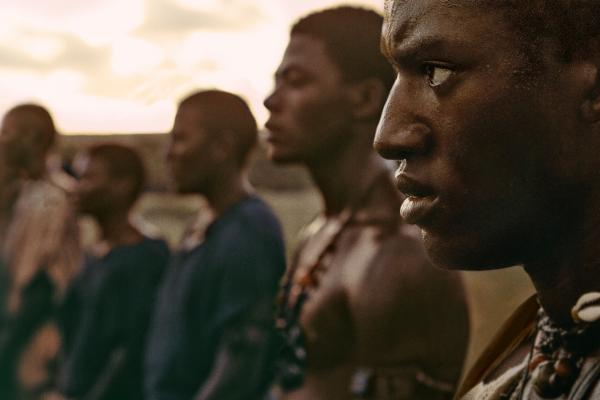THE NATION'S FIRST blockbuster television miniseries, Roots, shocked the nation when it started airing on Jan. 23, 1977. Based on Alex Haley’s research on his own family’s story and adapted for television from Haley’s novel, Roots offered the world its first cinematic depiction of Africa and Africans unfiltered through the conduit of Hollywood’s racialized imagination. White Tarzan and Jane were nowhere to be found in Juffure, Gambia. Kunta Kinte was the leading man. Fanta was his ingénue—black ... and beautiful.
For eight nights the Kinte family unfolded from generation to generation, focused on individual family members’ struggles against generations of evil white slave masters.
But the 2016 “reimagined” version of Roots places the snatched descendants of Omoro and Binta Kinte squarely within the unyielding machine of the international slave trade—an economic system that, fundamentally, sought the well-being of European nations at the expense of the rest of the world.
In 380 B.C.E., Plato articulated a grand idea in his treatise The Republic. There is this thing called “race,” he posited. Race is determined by the kind of metal a person is made of, he said: silver, gold, iron, or copper. A person’s race determines how that person serves society.
The transatlantic slave trade took Plato’s notion and expanded the “republic” to encompass the world. Guided by Western philosophers’ notions of human hierarchy, Western popes and monarchs declared the right of Europeans to enslave “uncivilized” peoples for the benefit of the crown. It didn’t take long for Plato’s copper and gold to morph into Virginia judicial law that delineated between slaves and servants based on skin color. Colonial “races” became white, black, and red.
Read the Full Article

